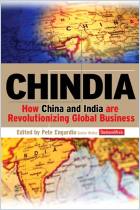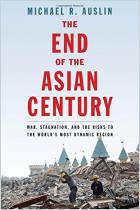
Read or listen offline
Amazon Kindle
audio autogenerado
1×
Ingrese para escuchar el resumen en audio.
audio autogenerado
Recommendation
The Chinese and Indian economic miracles get plenty of attention, but a look beyond the headline growth reveals their capital markets’ shaky structures. Paul Kielstra of the Economist Intelligence Unit leads this tour of the Asian financial giants, whose real economies have far outpaced their capital markets’ capabilities. His informative report explains why, despite their high savings rates, Chinese and Indian workers are not keen to put those savings into their respective national stock and bond markets. getAbstract recommends his text to investors interested in a promising but financially risky part of the world.
Summary
About the Author
Historian Dr. Paul Kielstra is a contributing editor at the Economist Intelligence Unit.
By the same author
Report
Learners who read this summary also read
Book
Article



















Comment on this summary or Comenzar discusión